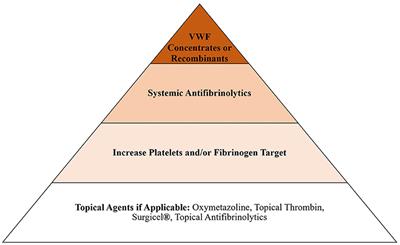EDITORIAL
Published on 25 Jun 2019
Editorial: Hemostasis in ECMO and VAD
doi 10.3389/fmed.2019.00143
- 2,300 views
12k
Total downloads
52k
Total views and downloads
You will be redirected to our submission process.
EDITORIAL
Published on 25 Jun 2019
REVIEW
Published on 05 Feb 2019

REVIEW
Published on 11 Jan 2019

REVIEW
Published on 12 Dec 2018

REVIEW
Published on 20 Nov 2018

REVIEW
Published on 25 Oct 2018

PERSPECTIVE
Published on 17 Aug 2018
